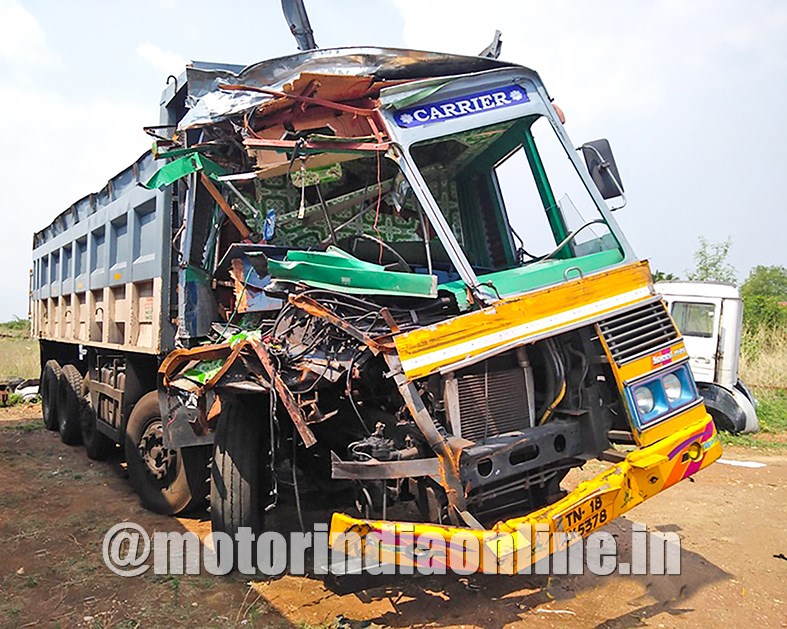The latest amendment to the Motor Vehicle Act is a definite step forward, but needs a much-informed introspection to make aspired progress on road safety.
The suspicious road accident involving the Unnao rape survivor in UP recently became a chilling reminder that road deaths are a real monster. An unfortunate surprise for all of us, because the incident shows how lax the road laws are in not dealing with not just ‘accidents’, but even more terribly on attempting premeditated murder in guise of a road crash.
The incident got widespread media attention right when the Motor Vehicle Amendment Bill 2019 was getting passed in the parliament. The bill, which is likely to become an act when this column goes to print, has been lauded as the most positive step in the right direction towards enhancing road safety in India, although all media reports limited themselves only to the deliberation on hefty fines for a variety of offences.
In other words, the media chased issues that are more popular rather than significant. Their reports were merely descriptive, rather than grounding on opinion and reality check. That’s something desperately lacking in today’s mainstream journalism, mere sensationalisation of positive perceptions at times hides the spotlight on real problems that deserve attention.
Considering the monumental loss of 1.50 lakh people in road crashes last year alone (more than 14 lakh people in the last ten years), along with a crore of population either seriously injured or disabled, the menace of lack of road safety demanded serious amendments to the Motor Vehicle Act. While the latest amendments are definitely commendable on various fronts, it is equally true that the new bill also goes behind the popular perception that media touts on road safety rather than what the experts and academic researchers behind these proposals perceive as important.
The bill takes into account four key aspects, which are perhaps its significant takeaways that deserve an appreciation. First, it aims to strengthen licensing and training processes through law, but the scheme hardly goes beyond digitisation and centralisation of data and processes across the states. Second, the bill recognises the importance of road engineering and vehicle-related safety in preventing road mishaps, a big thumbs-up! It prescribes, for the first time, the process for scientific and forensic investigation of road crashes and an enhanced legal protection of good samaritans who help people on road.
Third, together with hefty penalties to create deterrents, electronic enforcement through body cameras, fixed ANPR cameras, and in-vehicle dash-cams are suggested to fix corruption by enforcement personnel. Seems perfect on paper, but considering the innovations and lateral creativity that our Indian minds would show to subvert laws and avoid legal sanctions (applicable to both users and enforcers!), it’s just a matter of time our folks beat the new penalties and electronic surveillance.
While weighing over the quantum of road offences resulting in loss of valuable lives, heavier penalties can be justified, but how effective they are in making a deterrent is yet to seen and statistically assessed for further understanding. In this case, hiking fines multi-fold also suspect the law maker’s cleverness in generating huge sums of money through less controversial means. It would be better if those receipts are spent on building electronic surveillance systems for effective enforcement across all regions of the country. Lastly, the bill does talk about the road conflict between motorised and non-motorised vehicles on road, but no concrete measures are defined to ensure the safety of pedestrians and cyclists. Nor the laws dealing with those guilty of causing deaths on our roads, whether by unfortunate chance or pre-planned, have received any amendments, except for increased compensation for victims. Let’s at least hope the law makers pay heed to these crucial areas of concerns, and address them in the time to come.
